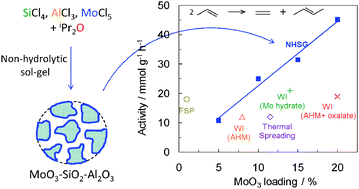A weaker sun over the next 90 years is not likely to significantly delay a rise in global temperature caused by greenhouse gases, a report said Monday.
The study, by Britain's Meteorological Office and the university of Reading, found that the Sun's output would decrease up until 2100 but this would only lead to a fall in global temperatures of 0.08 degrees Celsius.
Scientists have warned that more extreme weather is likely across the globe this century as the Earth's climate warms.
The world is expected to heat up by over 2 degrees Celsius this century due to increased greenhouse gas emissions.
Current global pledges to cut carbon dioxide and other greenhouse gas emissions are not seen as sufficient to stop the planet heating up beyond 2 degrees, a threshold scientists say risks an unstable climate in which weather extremes are common.
"This research shows that the most likely change in the sun's output will not have a big impact on global temperatures or do much to slow the warming we expect from greenhouse gases," said Gareth Jones, climate change detection scientist at the Met Office.
"It's important to note this study is based on a single climate model, rather than multiple models which would capture more of the uncertainties in the climate system," he added.
During the 20th century, solar activity increased to a maximum level and recent studies have suggested this level of activity has reached, or is nearing, an end.
The scientists used this maximum level as a starting point to project possible changes in the sun's activity over this century.
The study also showed that if the sun's output went below a threshold reached between 1645 and 1715 - called the Maunder Minimum when solar activity was at its lowest observed level - global temperature would fall by 0.13 degrees Celsius.
"The most likely scenario is that we'll see an overall reduction of the sun's activity compared to the 20th Century, such that solar outputs drop to the values of the Dalton Minimum (around 1820)," said Mike Lockwood, solar studies expert at the university of Reading.
"The probability of activity dropping as low as the Maunder Minimum - or indeed returning to the high activity of the 20th Century - is about 8 percent."









